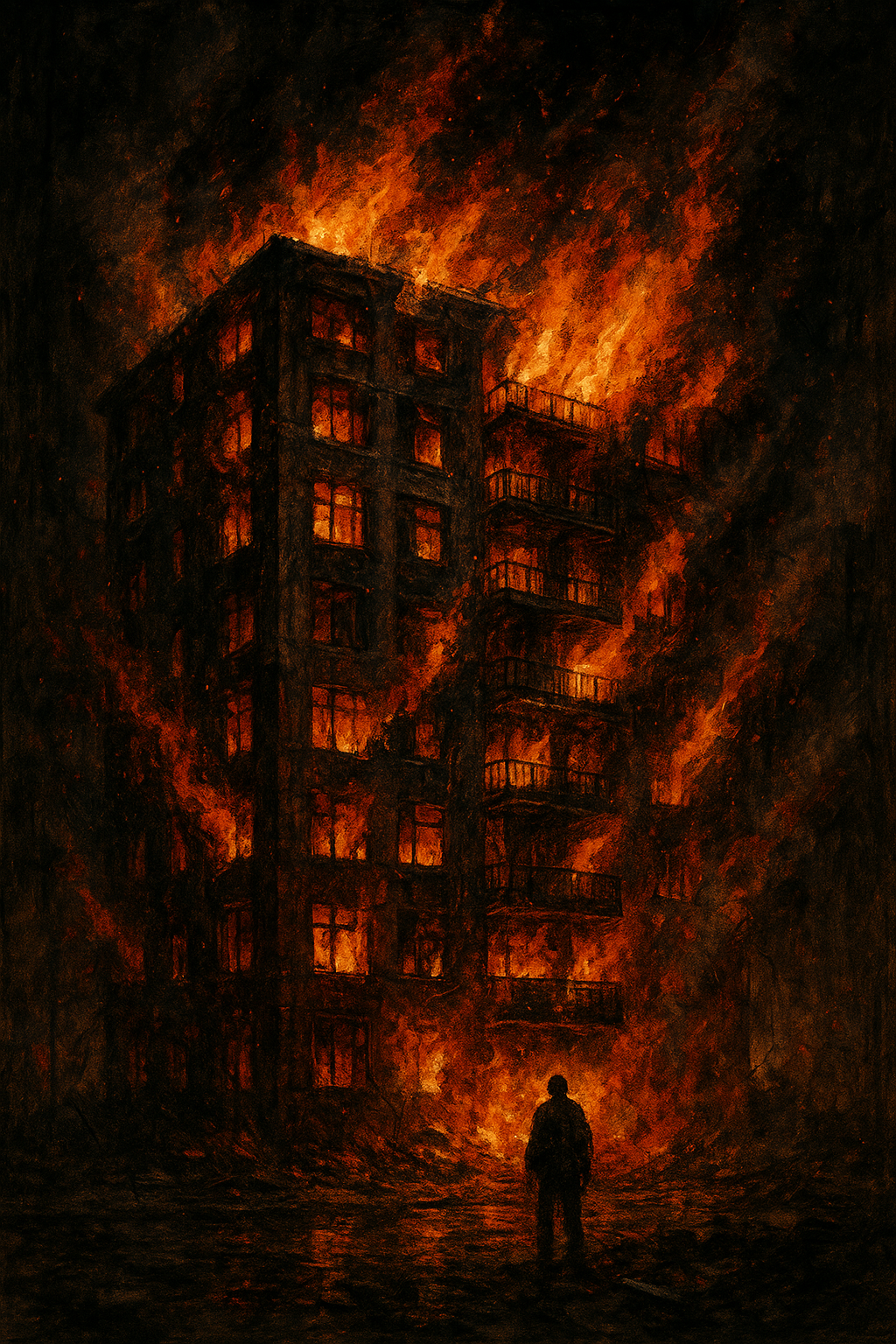Inferno: Uncovering the Devastating Reality of Fire-Related Accidents
Fires can occur anywhere, at any time, and without warning. From domestic blazes to industrial infernos, fire-related accidents can have catastrophic consequences. Let’s explore some alarming statistics and stories behind these devastating events.

The Alarming Numbers
According to the National Fire Protection Association (NFPA), in the United States alone:
- There were over 1.3 million fires reported in 2020, resulting in 3,010 civilian deaths and 14,275 injuries.
- Home fires account for 73% of all reported fires, with cooking equipment being the leading cause of home fires.
- Electrical fires are a significant concern, with an estimated 51,000 home electrical fires occurring each year.
The Deadliest Fires in History
- The Great Fire of London (1666): This devastating fire destroyed much of the city, leaving tens of thousands homeless. While not as deadly as some modern fires, the Great Fire of London led to significant changes in building codes and firefighting practices.
- The Triangle Shirtwaist Factory Fire (1911): This tragic industrial fire in New York City killed 146 workers, mostly young immigrant women. The incident led to major reforms in workplace safety and labor laws.
- The Grenfell Tower Fire (2017): A high-rise residential building in London caught fire, resulting in 72 deaths. The tragedy highlighted concerns about building materials, safety regulations, and emergency preparedness.
Common Causes of Fire-Related Accidents
- Electrical Issues: Faulty wiring, overloaded circuits, and malfunctioning appliances can all spark a fire.
- Cooking Accidents: Unattended cooking, grease spills, and faulty appliances can quickly turn a meal into a disaster.
- Candle and Open Flame Safety: Candles, cigarettes, and other open flames can ignite nearby objects, spreading quickly.
- Industrial Accidents: Chemical reactions, equipment malfunctions, and human error can all lead to devastating industrial fires.
Prevention and Preparedness
While fires can be unpredictable, there are steps we can take to reduce the risk:
- Working Smoke Alarms: Ensure you have working smoke alarms in your home, and test them regularly.
- Fire Escape Plans: Develop a fire escape plan with your family, and practice it regularly.
- Electrical Safety: Regularly inspect your home’s electrical systems and appliances, and avoid overloading outlets.
- Safe Cooking Practices: Never leave cooking unattended, and keep a fire extinguisher in the kitchen.
Conclusion
Fire-related accidents can have devastating consequences, but by understanding the causes and taking preventative measures, we can reduce the risk. Whether it’s a domestic fire or an industrial blaze, preparedness and safety protocols can mean the difference between life and death. Let’s work together to create a safer, more fire-resilient world.